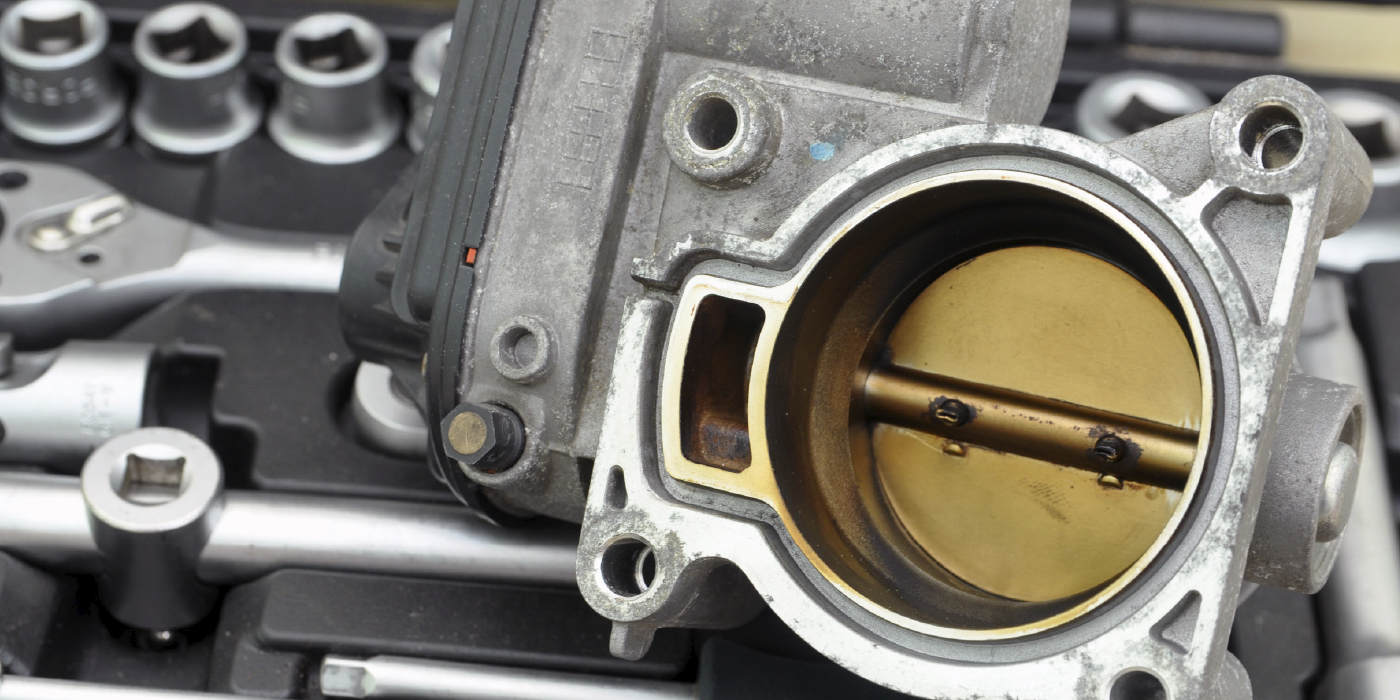What is Throttle?
Share
Throttle is an often heard word in day-to-day conversations of automobile enthusiasts. This is no coincidence, as the throttle is a crucial system that flow of air, and on older vehicles the flow of fuel and air mixture. Whether applied by a drive-by-wire system or by an actual, physical linkage, fundamental purpose of a throttle is to control the speed or power output. In other words, the throttle is to control how fast or how much power comes out.
More specifically, we will answer the question, “What is a throttle?” regarding the car engine combustion process. Here, you can find sufficient information related to what is throttle. When you know the right answer to what is throttle in a car, you can get better performance and fuel efficiency from your vehicle by improving throttle response. So, if you want to learn everything about throttle in a car, all you need to do is read this blog post till the end.
What is a Throttle in a Car?
The throttle plays a pivotal role in regulating an internal combustion engine's power and speed in a car by controlling the air entering the engine. The throttle is typically operated by the driver using the throttle pedal. When the driver presses the throttle pedal, it opens a valve (throttle body) that allows more air to flow into the engine. This increased airflow, in turn, leads to a higher quantity of fuel being injected, resulting in increased power and acceleration.
Thus, throttle control is essential for modulating speed, achieving fuel efficiency, and giving the driver direct control over the vehicle's performance. In modern cars, electronic throttle control systems are increasingly common, replacing traditional mechanical linkages with electronic sensors and actuators for more precise control.

Types of Throttle in a Car
To examine the question “What is throttle?” regarding the engine requires information about the types of throttle systems in the car. Regarding cars, the term “throttle” refers to the accelerator pedal. While in older, carbureted engines, throttle controlled the air and fuel flow, nowadays, especially in modern vehicles, it controls the air flow to the engine and determines the car’s speed. However, there are two different types of throttle systems in cars. Let’s explore them below:
-
Mechanical Throttle System
These systems use a physical linkage, typically a cable, to connect the throttle pedal directly to the throttle body. As the driver presses the throttle pedal, the cable pulls open the throttle plate, regulating the airflow into the engine. Also, mechanical throttle systems are common in older vehicles.
-
Electronic Throttle Control (ETC)
Also known as drive-by-wire systems, ETC replaces the traditional mechanical linkage with electronic sensors and actuators. Here, sensors detect the position of the throttle pedal, and the ECU (Electronic Control Unit) controls the opening and closing of the throttle body.
What is Throttle Response?
Throttle response refers to the speed and precision with which a vehicle's engine reacts to changes in the driver's throttle inputs. It measures how quickly the engine adjusts its power output in response to movements of the throttle pedal. A car with good throttle response translates the driver's accelerator or decelerator commands into immediate and smooth adjustments in engine power.
In contrast, poor throttle response can result in a perceived delay or lag between pressing the throttle pedal and the engine's actual response. This delay may affect the vehicle's agility and the driver's ability to control acceleration or deceleration. So, throttle response is critical for those who value a dynamic and engaging driving experience.
We can sort out factors influencing throttle response, such as the type of throttle system (mechanical or electronic), the tuning of the engine control unit (ECU), and the overall engine design. If you want to get a more responsive throttle response from your vehicle, you need to upgrade it with a throttle response controller, one of the most practical aftermarket parts improving throttle response.
What is a Throttle Response Controller?
One of the most practical aftermarket parts is a throttle response controller designed to enhance or modify the throttle response of a vehicle. Also known as a throttle controller or accelerator controller, the throttle response controller eliminates the throttle lag from the accelerator pedal. So, it improves the sensitivity and immediacy of the throttle response.
Moreover, the throttle response controller is typically installed between the accelerator pedal sensor and the engine control unit (ECU). It intercepts the signals from the throttle pedal and modifies them before sending the adjusted signals to the ECU. By doing so, it can alter the way the engine responds to changes in throttle input.













